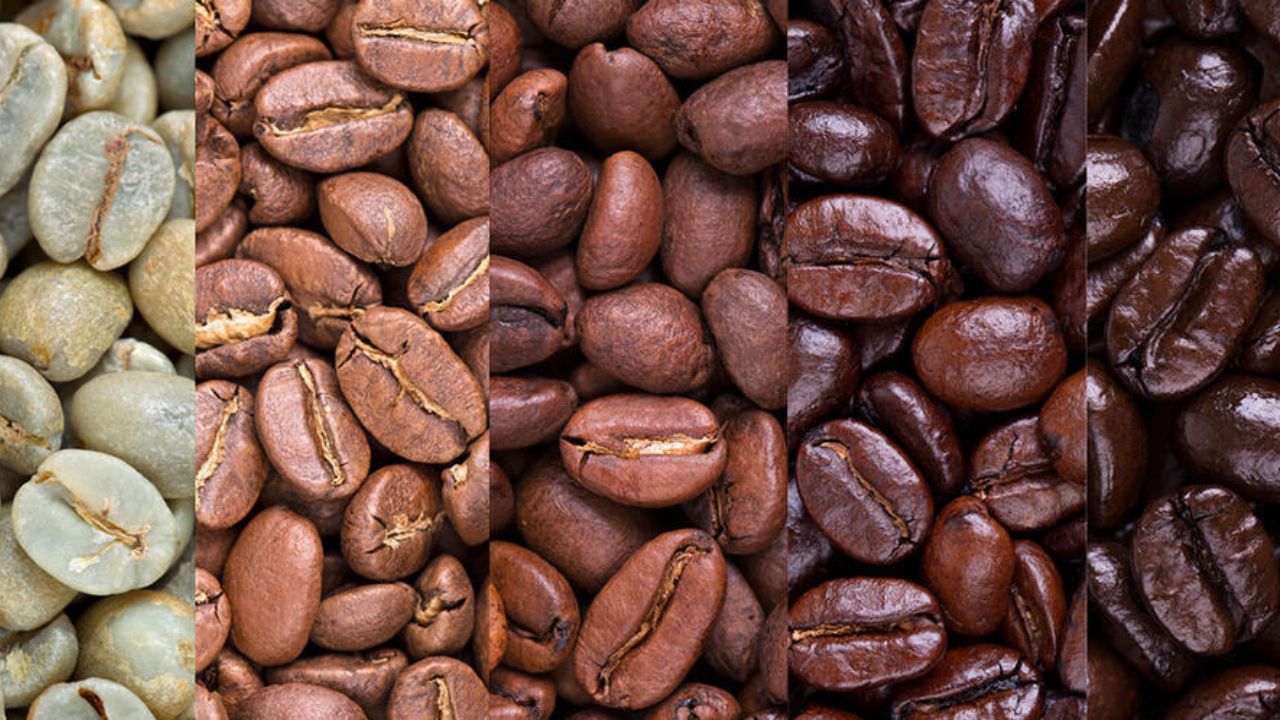Coffee, the beloved beverage that fuels billions of people around the world, has a fascinating origin. Behind every sip of coffee lies a complex process that involves numerous coffee cherries, meticulously picked and processed to yield a pound of coffee beans. Join us on an eye-opening journey to discover how approximately 3,000 coffee cherries come together to create just one pound of aromatic coffee beans.
The Coffee Cherry and Its Anatomy To understand the journey of the coffee cherry, we must first delve into its anatomy. The coffee cherry is the fruit of the coffee plant, and it consists of several layers, including the outer skin, pulp, parchment, and the coffee bean itself. Each cherry typically contains two coffee beans, and in some cases, a rare occurrence called "peaberry" results in a single, rounded coffee bean.
Cultivation and Harvesting The journey begins on coffee farms worldwide, where coffee plants are cultivated with care and precision. These plants need specific conditions such as altitude, temperature, rainfall, and soil type to thrive. Once the coffee cherries ripen to their perfect red or deep purple hue, skilled farmers handpick them with utmost care. Harvesting coffee cherries is a labor-intensive process, as only the ripe cherries can be used for producing high-quality coffee beans.
Processing Methods After the cherries are harvested, they undergo various processing methods to separate the coffee beans from the surrounding fruit layers. The two primary methods are the washed (wet) process and the natural (dry) process. The washed process involves removing the fruit's outer layers before the beans are dried, while the natural process involves drying the whole cherry before extracting the beans. Both methods contribute to distinct flavors and characteristics in the final cup of coffee.
Milling and Sorting Once the beans are extracted from the cherries, they are still covered with a parchment layer, known as the silverskin. To remove this layer and other impurities, the beans go through a milling and sorting process. This step ensures that only high-quality coffee beans proceed to the next stage of production.
Roasting and Loss of Moisture Roasting is a crucial step that transforms green coffee beans into aromatic, flavorful brown coffee beans. During this process, the beans undergo a loss of moisture and experience significant chemical changes that determine the coffee's taste profile. The roasting duration and temperature play vital roles in bringing out the desired flavors and aromas.
Packaging and Distribution Once the coffee beans have been roasted to perfection, they are promptly packaged to preserve their freshness and prevent exposure to air and light, which can affect the flavor. From there, the coffee beans embark on a journey worldwide, reaching coffee enthusiasts' hands through various distribution channels.
Brewing the Perfect Cup The final step in the journey of 3,000 cherries is brewing the perfect cup of coffee. Coffee enthusiasts use various methods such as pour-over, French press, espresso machines, and more to extract the desired flavors from the roasted coffee beans. This step is crucial in maintaining the beans' hard work and transforming it into a delightful and satisfying coffee experience.
The journey of 3,000 coffee cherries to produce a pound of coffee beans is an intricate process that involves the dedication of skilled farmers, the art of coffee processing, and the craftsmanship of roasters and baristas. The next time you enjoy a cup of coffee, take a moment to appreciate the incredible journey and the 3,000 cherries that contribute to making that experience possible




